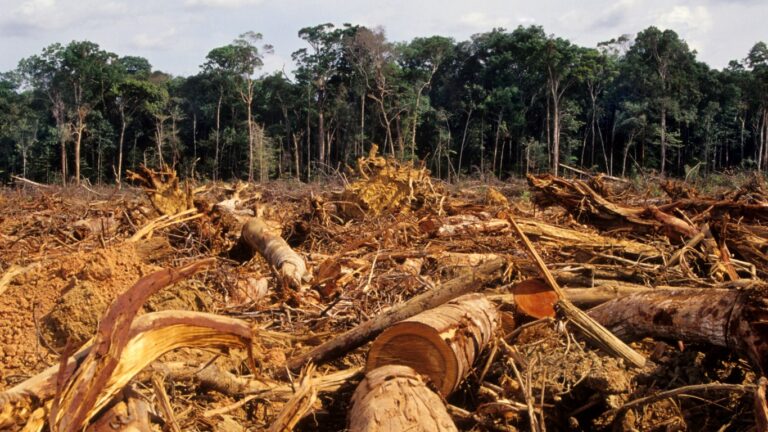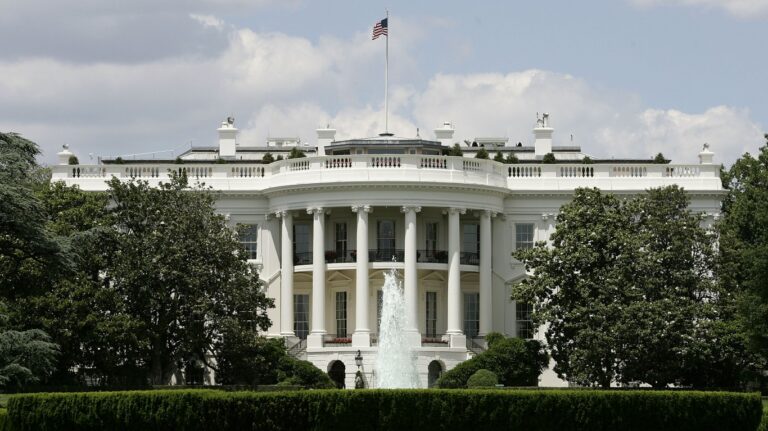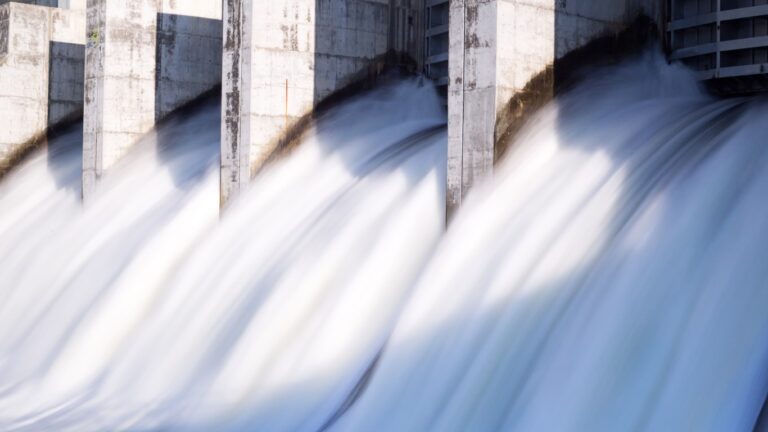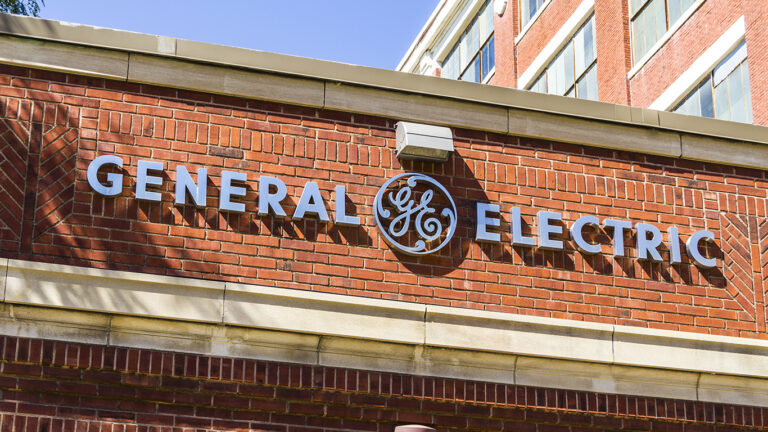Get used to a new word: ‘Bombogenesis,’ a Climate-Fueled weather threat on both coasts

In the recent past, a new term has entered the lexicon. It is “bomb cyclone,” a global warming-fueled weather event that has hit both U.S. coasts. But do you know what its scientific name is? Probably not, because the weather forecast, for some reason, that has backed away from the scientific name.
READ MORE ABOUT THE EFFECTS OF EXTREME WEATHER
About to pop? Climate-Caused extreme weather may collapse Miami Housing Bubble
Overheated and uprooted by climate: Extreme Weather Forces Millions To Move
And that term is “bombogenesis,” the most recent example of which hit the Pacific Northwest with stunning force. The phenomenon is somewhat like blizzards sometimes being “Snowmageddons,” “Snowzillas” or a “Snowpocalypse.”
In part, the non-scientific name may not only mind-boggling in itself, but also because the definition of the official term is so complicated. It is “a phenomenon or process in which there is rapid and sustained falling of barometric pressure in the center of a low-pressure system, indicative of its strengthening into a powerful storm. The storm will intensify rapidly, so quickly, in fact, that it will likely undergo bombogenesis.”
Whatever it is called, it is among the new and powerful weather categories that have become part of the American descriptions of extreme weather events. Recently, those have included the “Pineapple Express,” which brings huge volumes of water from far out in the Pacific Ocean and dumps them on America’s West Coast. And in October, weather experts identified Hurricane Milton, which wreaked havoc on Florida as a bomb cyclone.
Sponsor
Find a Vetted Financial Advisor
- Finding a fiduciary financial advisor doesn't have to be hard. SmartAsset's free tool matches you with up to 3 financial advisors that serve your area in 5 minutes.
- Each advisor has been vetted by SmartAsset and is held to a fiduciary standard to act in your best interests. Get on the path toward achieving your financial goals!
More from ClimateCrisis 247
- Climate Change May Transform These Wine Regions By 2080
- Arctic Air May Bring Freezing Temps to These Cities This Weekend
- $100 Million Coal Aid
- Where Americans Will Leave Due To Climate Change






